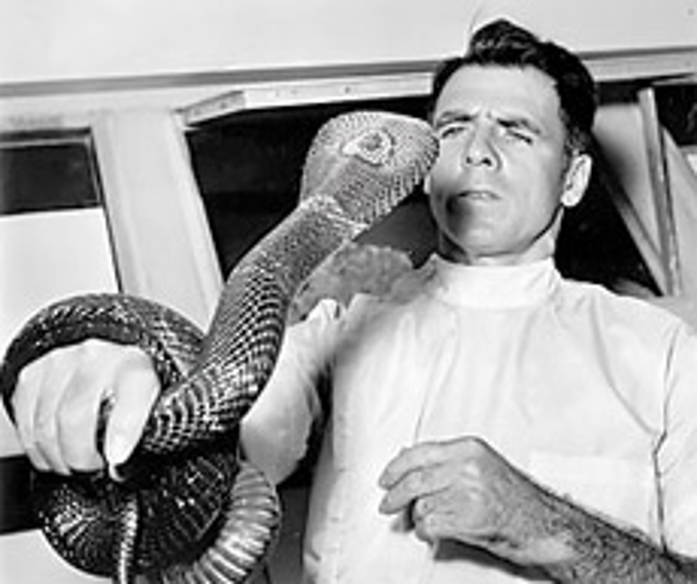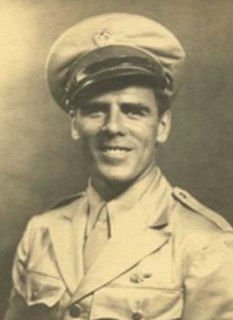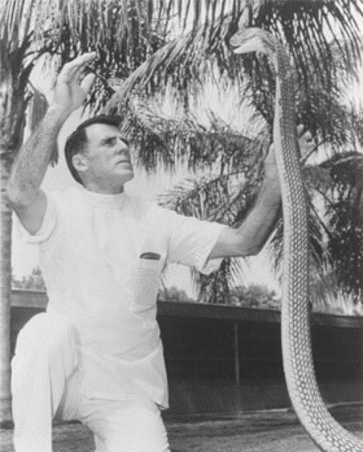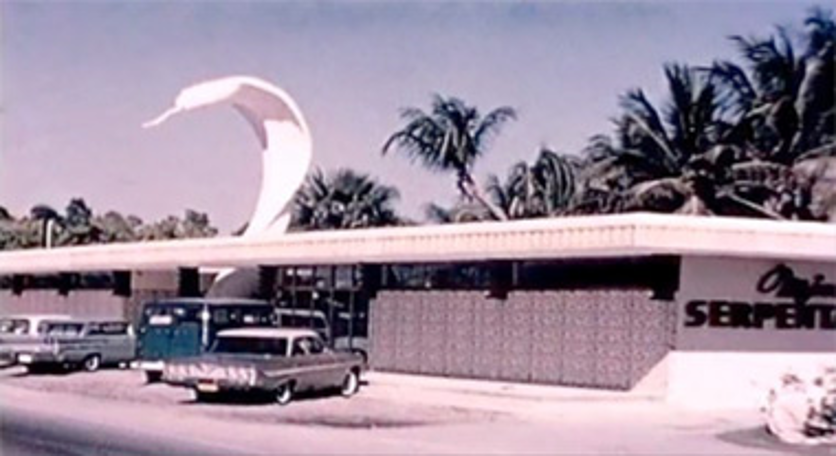
Image Credit: billhaast.com
We may not always look at it, but humans are intrigued about several reptiles around them. Human uses of reptiles, especially snakes have been there for centuries involved both ancient and modern interactions. Snakes bring both good and bad to the world we share with them. Mostly, these reptiles have been cast in the role of evil, but a man from Florida has changed the perceptions of people about snakes.
Mr Bill Haast, also known as the Snake-man was the owner of the “Miami Serpentarium”, in the south of Miami, Florida, where he extracted venom from snakes in front of paying customers. And his journey was good enough in its way to make him popular all around the world.

Image Credit: billhaast.com
William Edward Haast was born on December 30, 1910, in Paterson, New Jersey, and he became curious about snakes while at a boy scout summer camp when he was 11 years old. He was bitten for the first time at summer camp a year later when he tried to capture a small rattlesnake. He applied the standard snake-bite treatment of the time and the 11-year-old, Haast walked four miles to the camp's first aid tent. Bill Haast never stopped after this incident, he started collecting snakes and, after initial opposition from his mother, was allowed to keep them at home. He started extracting venom from his snakes when he was 15 years old and dropped out of school when he was 16. When Haast turned 19, he joined a man who had a roadside snake exhibit and went with him to Florida.

Image Credit: billhaast.com
Haast eventually returned home, where he added a snake exhibit to the business at his mother's lakeside resort. There he met and married his first wife, Ann. The couple moved back to New Jersey, where Haast studied aviation mechanics and was certified after four years. Haast served as a flight engineer under the United States Army Air Corps. These flights took him to South America, Africa and India, where he bought snakes to bring back to America, including his first cobra.
In 1946 Haast ultimately decided to start his snake farm and started construction on the Serpentarium. His wife Ann did not approve, and they eventually divorced. Later, he met and married his second wife, Clarita Matthews. The Serpentarium opened at the end of 1947. But for the first five years Bill, Clarita, and his son were the only staff. And by 1965 the Serpentarium housed more than 500 snakes in 400 cages and three pits in the courtyard. Haast extracted venom 70 to 100 times a day from some 60 species of venomous snakes, usually in front of an audience of paying customers. He would free the snakes on a table and force them to eject their venom into glass vials with a rubber membrane.

Image Credit: billhaast.com
Throughout the course of his snake-handling career, Bill Haast has received hundreds of snake bites, 20 of these encounters nearly killed him. A secret of his success was the immunity he had built up by injecting himself every day for more than 60 years with a mix of venoms from 32 snake species, a practice called “Mithridatism”. For a normal man, these near-fatal experiences may have meant inevitable death.
Mr Haast and a Miami doctor treated more than 6,000 people with a snake-venom serum that they and their patients claimed was beneficial against multiple sclerosis and arthritis. In 1949, he began supplying venom to a medical researcher at the University of Miami for experiments in the treatment of polio. He indeed saved lives; he flew around the world to donate his antibody-rich blood to 21 different snakebite victims. Venezuela made him an honorary citizen after he went deep into the jungle to give a boy a pint of blood. But he always expressed regret at not having a better education which he felt may have enabled him to use his intuitive knowledge more effectively.

Image Credit: blogtalkradio.com
But on September 3, 1977, a 6-year old boy sitting atop the wall surrounding the Serpentarium's crocodile pit fell into the pit, and a 12-foot crocodile dived and grabbed the boy, and he was killed. The incident left Bill Haast badly shaken. He shot the crocodile nine times with a pistol. Haast's mental trauma over the boy's death eventually led to the closure of the Serpentarium in 1984, and after several years he moved to Punta Gorda, Florida, with his snakes, where he established the Miami Serpentarium Laboratories.
Haast's hands suffered tissue damage, with the loss of a finger following a bite from a pit viper and as a result of the damage, Haast gave up handling venomous snakes and no longer kept any at his facility. As of 2008, he continued to have his wife inject him with small amounts of snake venom. And the world’s most famous snake handler passed away in 2011 at age 100 from natural causes. But as he wrote at the tender age of 17, “The art of living is not an instinct, it must be learned. Isn't it a pity that it takes all of it before we know how to use that which we no longer have.”
(Source - billhaast.com / Wikipedia)
